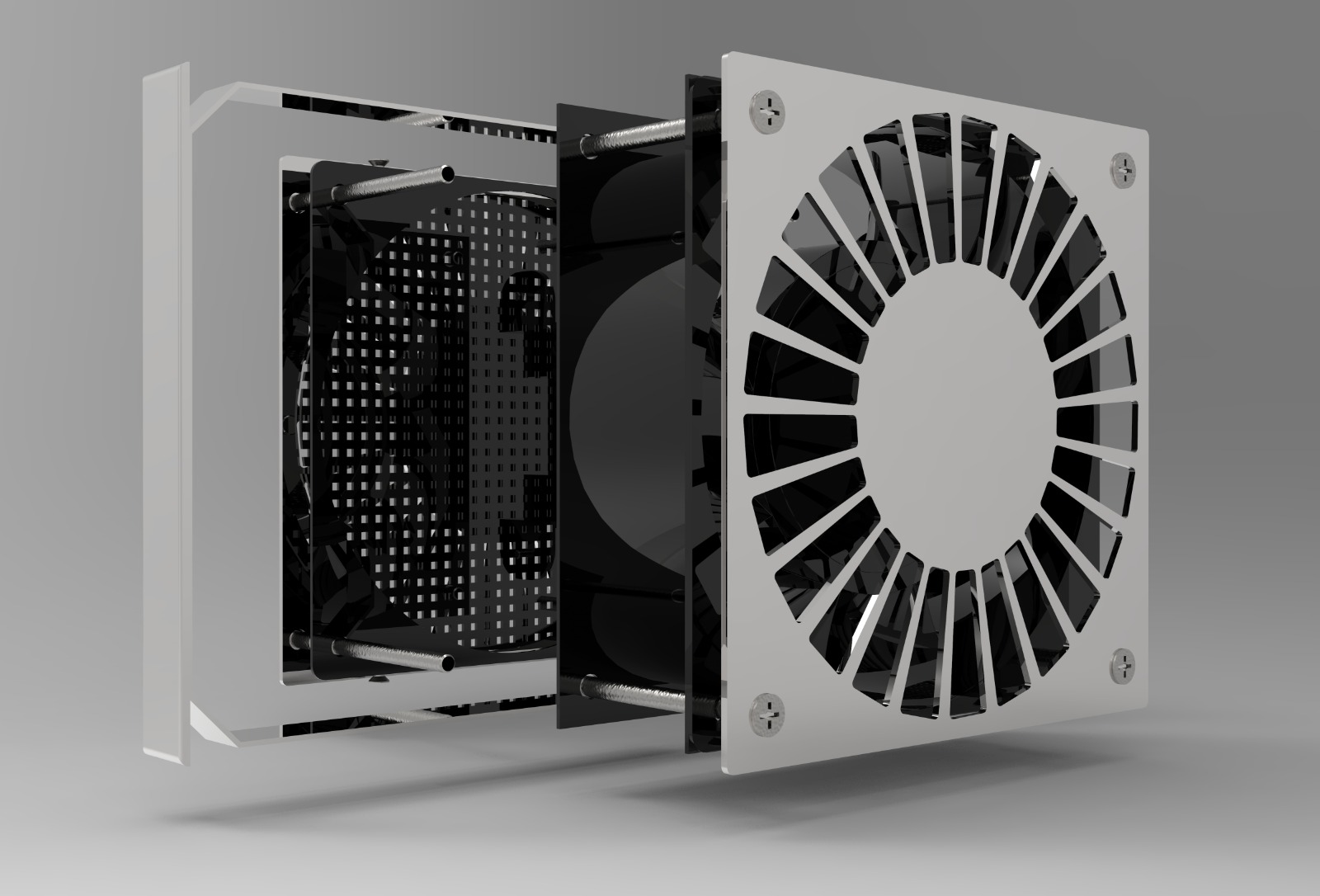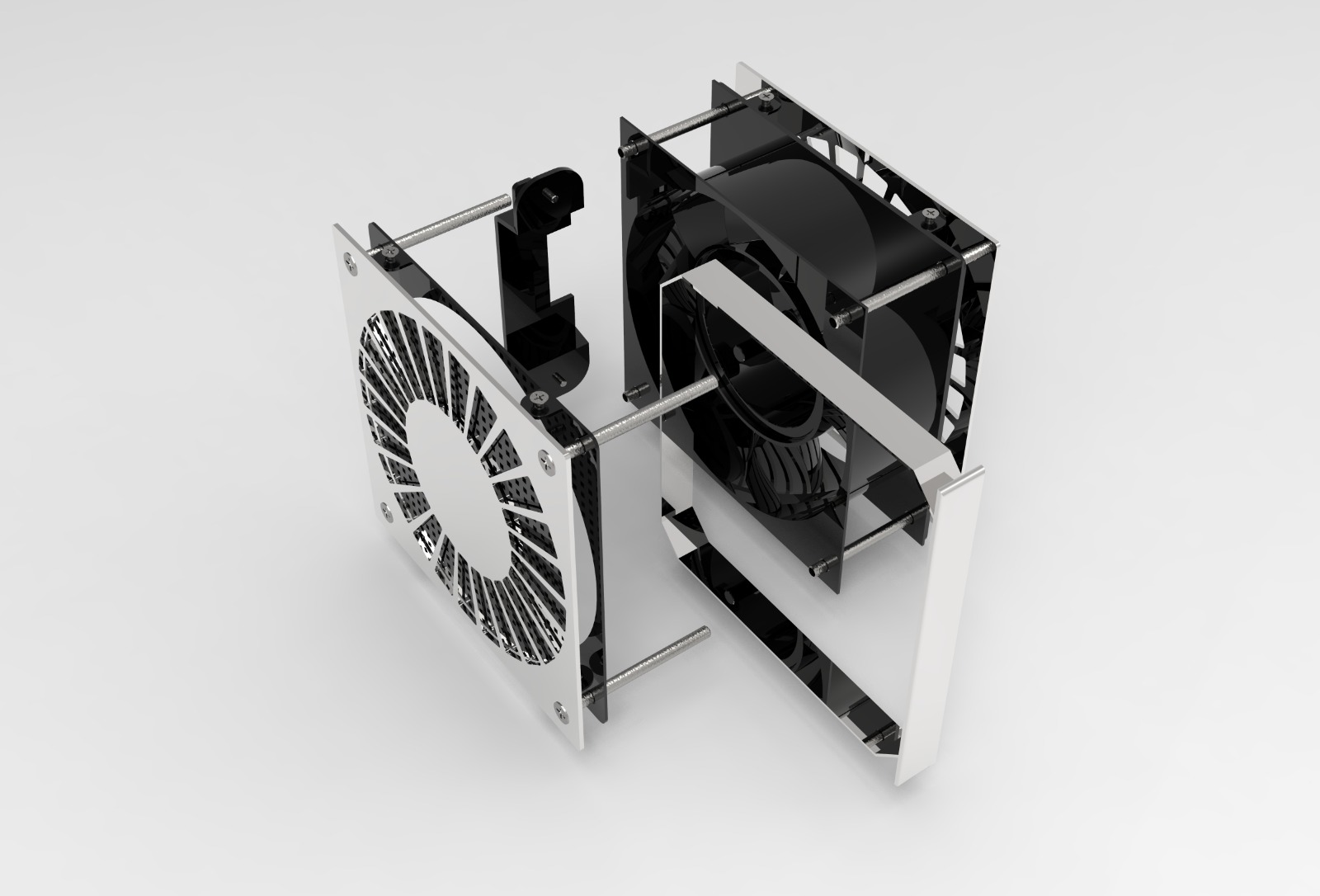Advanced Nano Odor Buster
ANOB
VAYUGUARD'S Standalone Odor-Buster air purifier is a new generation system used to reduce odors, smoke, and a broad spectrum of indoor air contaminants. ADVANCED NANO ODOR BUSTER with Plasm-Ion is easily mounted onto wall of critical areas like Washrooms, Pet Houses, Veterinary, Hen Farms/Poultry farms, Fish Shops, Smoking Zones, Salons, Hotels, Bar, Manufacturing Units, Etc. Advanced Nano Odor Buster consisting of hydroperoxides, superoxide ions, and safe low-level ozone - all friendly oxidizers that revert back to oxygen and hydrogen after the oxidation of pollution.
It also comes with a Non-Thermal Plasm-Ion cluster of Nano Ions with dual polarity that produces Positive and Negative Ions in the environment. When molecules in the air pass through the plasma field created by Plasm-Ion Ionization and result in the breaking apart of the molecules into individual atoms. The individual atoms are not stable and will react with other atoms. In other words, the atoms that need electrons will react with the atoms that have electrons to give. The atoms that need electrons can react with hydrogen on the surface of a mold, bacteria, or allergen and thereby disable the mold, Mildew, cooking odors, bacteria, etc. The VOC molecules are disassembled in the same manner and form more simple molecules or react with pathogens in the air.


The device compelled to have high distillation efficiency on gases combined with a high kill rate on airborne infectious diseases using Led based Ultraviolet Germicidal Irradiation along with Proprietary nano catalytic coating (developed by IIT Delhi) on honeycomb cell structure.

